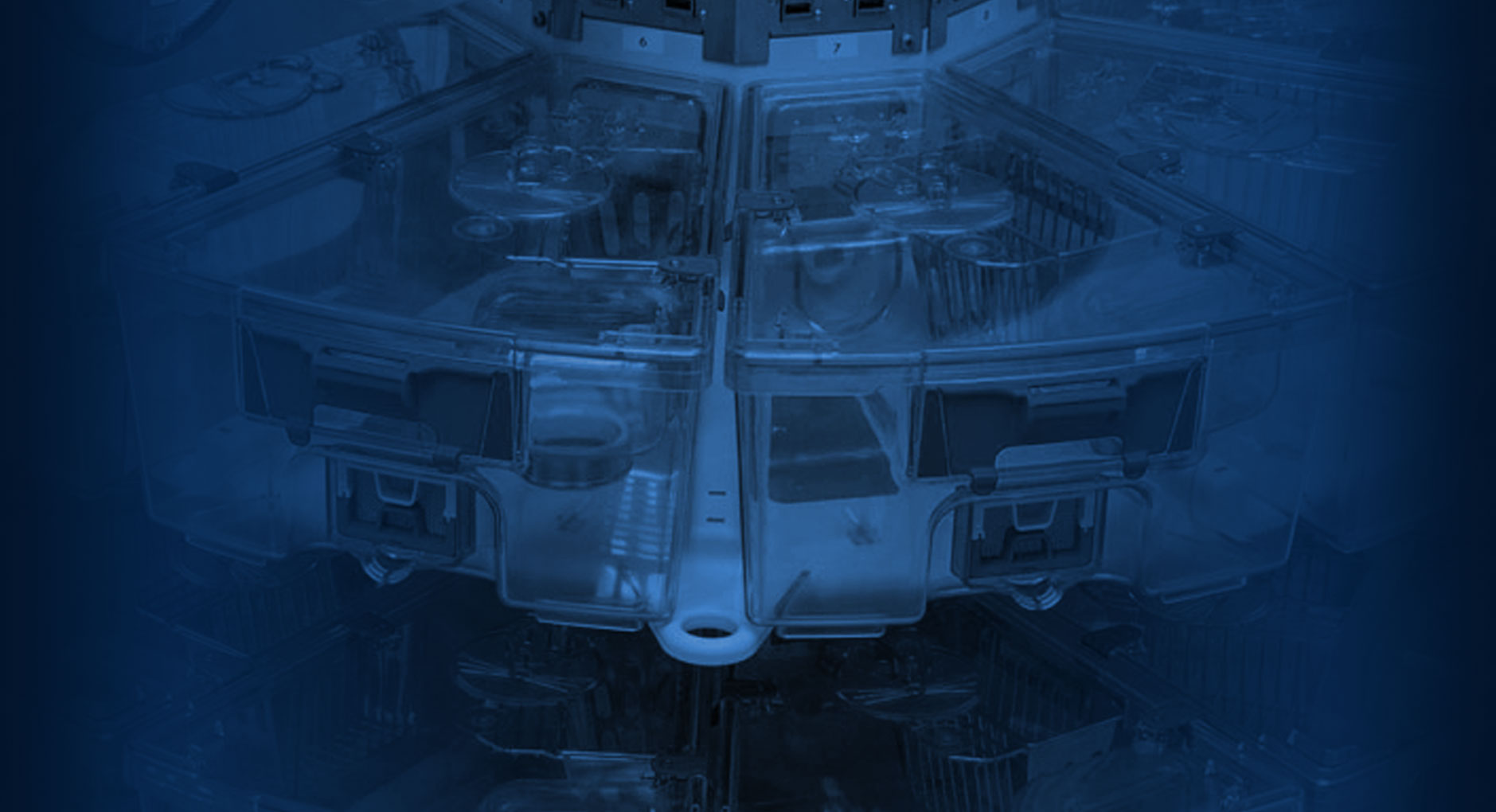University of Verona
Elisa Tedeschi
Facility Manager
In the last few years, new researchers came to the University of Verona. They were mainly working within oncology and immunology fields, and they needed animals for their research. The facility at the Verona University had not enough space to host animals for them, so they received funding to build a new facility.
To set up the new facility, the university assigned us part of the basement levels of an old building near the labs of the researchers who needed the new animal facility. This for us meant a lot of difficulties to adapt the old structure of the building with the peculiar needs of an animal facility, and it takes a lot of work and a detailed plan to realize it.
Because of the fields the researchers were working in, we decided to set up an SPF facility with a huge autoclave where we could process all the materials (cages, bottles, grids, etc.) and with a dedicated changing station in each room. Then we considered the housing system to install, evaluated different IVC systems on the market (mainly systems that we had already tried), and after cost-benefits evaluation with the researchers involved, we decided to buy the Animal Care Systems housing system for mice and rats.
The main factor that influenced the decision was the need to house the highest number of cages possible. Comparing the different facility layouts drawn by the different companies, we discovered that the Animal Care Systems racks allowed more cages than the other IVC systems we considered. Moreover, the ratio between the number of cages and price was the best, and the plan for the maintenance costs was very low since the racks are all connected to the main HVAC system, and ther are no different blowers to check for functionality, filters, etc.
In 2015, we opened the new facility, and since then we have appreciated other important aspects of this choice:
— The most impressive aspect in the complete absence of smells in the housing rooms
— No noise or vibration due to rack blowers
— Animals enjoy the cages because of the shape and the presence of bottles and food grids inside that they use for climbing, jumping … the cage itself with its peculiar shape and accessories is an enrichment for them!
— No problems due to different zone of light exposure due to the different positions of the cages and the distance between racks: breeding performances of the mice were not affected, nor was their activity or welfare
— The filters are effective in filtering the air room before entering the cages since hardly immunocompromised animals used for oncology and immunology research shows no problems or alteration, and experiments were carried out without any problems
— Facility health monitoring applies following FELASA recommendations since 2015, shows an efficient containment of pathogen spreading
— From January 2017, we plan to introduce EAD in our health monitoring program using filters applied to the sentinel cages



